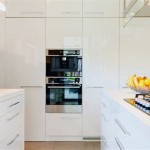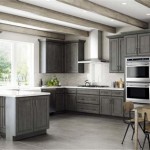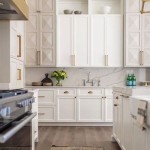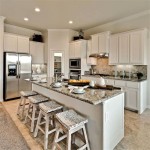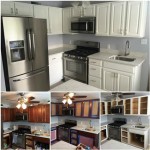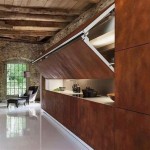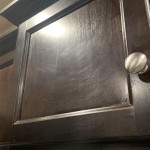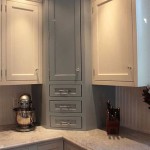Enhancing Kitchen Functionality with Essential Aspects of Interior Cupboard Lights
Kitchen cupboard lighting plays a crucial role in creating a well-lit workspace, enhancing functionality, and elevating the aesthetic appeal of your cooking space. To achieve the perfect illumination, it's essential to consider various factors, including type of lighting, placement, and brightness.
Types of Kitchen Cupboard Interior Lighting
There are several lighting options available for kitchen cupboards, each with its own advantages:
- Under-cabinet lights: Mounted under the upper cabinets, these lights illuminate the countertop and workspace.
- In-cabinet lights: Placed inside the cupboards, these lights provide direct illumination to the contents of the cupboard.
- Puck lights: These compact LED lights are used for accent lighting or highlighting specific areas within the cupboard.
Placement of Cupboard Interior Lights
Proper placement is key to maximizing the functionality of cupboard lights:
- Width of the cupboard: Use wider lights for larger cupboards to ensure even distribution of light.
- Height of the shelves: Mount lights above the shelves to prevent shadows.
- Placement within the cupboard: Position lights towards the center of the cupboard to provide symmetrical illumination.
Color Temperature and Brightness
Color temperature refers to the warmth or coolness of the light, while brightness determines the intensity of illumination. These factors should be considered based on personal preference and the intended use of the cupboard:
- Warm light (2,000-3,000K): Creates a cozy and inviting atmosphere, suitable for kitchens with darker cabinetry.
- Neutral light (3,500-5,000K): Provides balanced and natural illumination, ideal for general kitchen lighting.
- Cool light (5,000K and above): Gives a bright and energizing effect, recommended for task-specific lighting.
Energy Efficiency and Control
To minimize energy consumption, consider using LED lights, which are highly efficient compared to incandescent or fluorescent bulbs. Additionally, motion-sensor lights or smart lights with dimmable features allow for precise control and energy savings.
Additional Features to Consider
For added convenience and personalization, consider these features:
- Control options: Choose lights with manual switches or motion sensors for hands-free operation.
- Dimmability: Adjust the brightness of the lights to set the perfect ambiance for different occasions.
- Smart home integration: Connect your cupboard lights to a smart home system for remote control and automated lighting schedules.
Conclusion
By carefully considering these essential aspects, you can create a well-lit and functional kitchen that meets your specific needs. Kitchen cupboard interior lights not only enhance visibility and safety but also bring a touch of style and sophistication to your cooking space.

Inside Glass Cabinet Lighting How To Installing

How To Light A Kitchen Lightology

Tips To Choose The Best Under Cabinet Lighting In Your Kitchen Hipcouch Complete Interiors Furniture

Inside Cabinet Lighting Modern Kitchen Houston By Gb General Contractors Houzz

How To Incorporate Led Lights In Kitchen Design Partner

Lighting 101 Best Cabinet Options Tresco

Led Kitchen Cabinet Interior Lighting Modern St Louis By Super Bright Leds Houzz

9 Best In Cabinet Lighting Options And Ideas

How To Install Kitchen Cabinet Lighting The Honeycomb Home

How To Buy Under Cabinet Lighting Ideas Advice Lamps Plus
Related Posts

